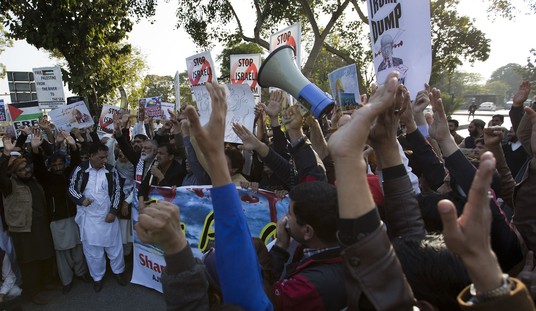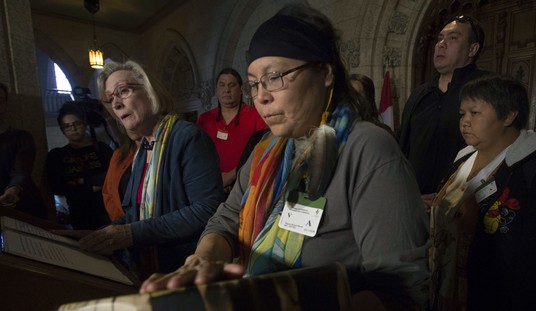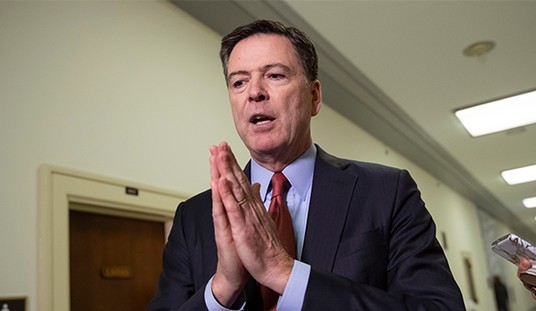New York City Comptroller Scott Stringer released a report Oct. 16 that showed the city’s jails, including the infamous Rikers Island prison complex, are completely out of control.
Stringer’s report documented an increase in inmate violence against guards and use-of-force incidents by uniformed personnel in the jails against the inmates.
The comptroller’s report is not the only document citing incredibly violent conditions in New York’s jails.
Another study, released a few days later by the city’s Department of Health and Mental Hygiene, showed that not only were many prisoners subjected to sexual violence, most of their complaints of inmate-on-inmate rapes were never reported to police.
“There is definitely something wrong with this picture,” Stringer said.
Paradoxically, his report pointed out the jail population in New York City is the lowest it has been in 31 years. The average daily number of inmates held in New York City’s jails declined by 10 percent in Fiscal Year 2015 compared to the previous year. The inmate population fell to a 31-year low of 10,240.
“At the same time, the Department of Correction is pouring huge amounts of money into this problem, but we aren’t seeing any real results or improvements,” he added.
Stringer’s report showed New York spends more than twice as much per jail inmate as do other large cities like Los Angeles, Chicago, and Miami.
New York’s annual cost per inmate reached $112,665 in Fiscal Year 2015, an increase of 17 percent over the Fiscal Year 2014 cost. Stringer said it was the largest yearly percentage increase in at least three decades.
“But the rate of violent incidents is accelerating at an alarming pace,” said Stringer.
Assaults committed by inmates on jail staff jumped 46 percent, while allegations of guards beating up inmates increased by 27 percent.
“We need to find ways to protect both guards and inmates, while at the same time making sure that the substantial resources being spent on this problem aren’t simply wasted,” he said.
Jailhouse lawyers are turning to the courts for help, often with the assistance of New York City Public Advocate Letitia James.
She is backing two female inmates at Rikers Island who have filed a class-action suit against New York, alleging a corrections officer repeatedly raped them. The suit charges there is a “pervasive culture of rape” and retaliation inside the women’s jail.
New York Department of Health and Mental Hygiene files show 116 reports of sexual abuse in the Rikers Island jail complex in 2014, along with 28 separate allegations of rape.
Department of Health and Mental Hygiene officials sent all of the cases to the city’s Department of Corrections. However, James said out of the 144 cases the New York Police Department only received reports of two misdemeanor assaults.
James said close to one-third of the cases involved transgendered inmates. Half of the reports accused guards of sexual abuse. The other half listed inmates as the attackers.
James filed the report in support of the lawsuit filed by the women prisoners at Rikers who said they had been raped.
“Our affidavit proves the disturbing prevalence of sexual harassment and abuse allegations on Rikers Island,” James said in a statement following her filing. “I have petitioned the Board of Correction to begin formal rule-making to better protect inmates from sexual violence, and they must start tackling this problem with the urgency it deserves.”
Whether they feel James’ sense of urgency is a question only city, state and even federal officials can answer. But it isn’t like they have ignored the New York jails.
Manhattan federal court judge Laura Taylor Swain took one more step Oct. 22 when she approved reforms that settled a class-action lawsuit filed by a dozen Rikers Island inmates. They accused guards of routinely using unnecessary force.
The settlement includes the installation of 8,000 surveillance cameras, putting body cameras on guards, and new restrictions against guards hitting inmates in the head.
Judge Swain called the settlement “groundbreaking.”
“The settlement provides an important example for other correctional systems around the country,” Swain said.
Mayor Bill de Blasio has continually promised to make New York’s jails safer. But Stringer said reforms to date have had little impact.
Stringer said in 2014, New York implemented alternatives to solitary confinement for inmates with a mental illness.
This past March, the Department of Corrections developed an Anti-Violence Reform Agenda tasked with developing strategies to reduce violence in jails. These changes include more security camera coverage, new housing strategies and inmate programming.
The New York City Council passed several bills in September that include new reporting requirements aimed at increasing transparency at the Department of Correction.
But none of it is working. The city’s jails are not getting better. They are getting worse.
“This is the second year in a row that we have seen an escalation of disturbing trends,” added Stringer. “With costs per inmate that are twice as high as many other cities, it is clear the situation at New York City jails is completely out of hand.”









Join the conversation as a VIP Member